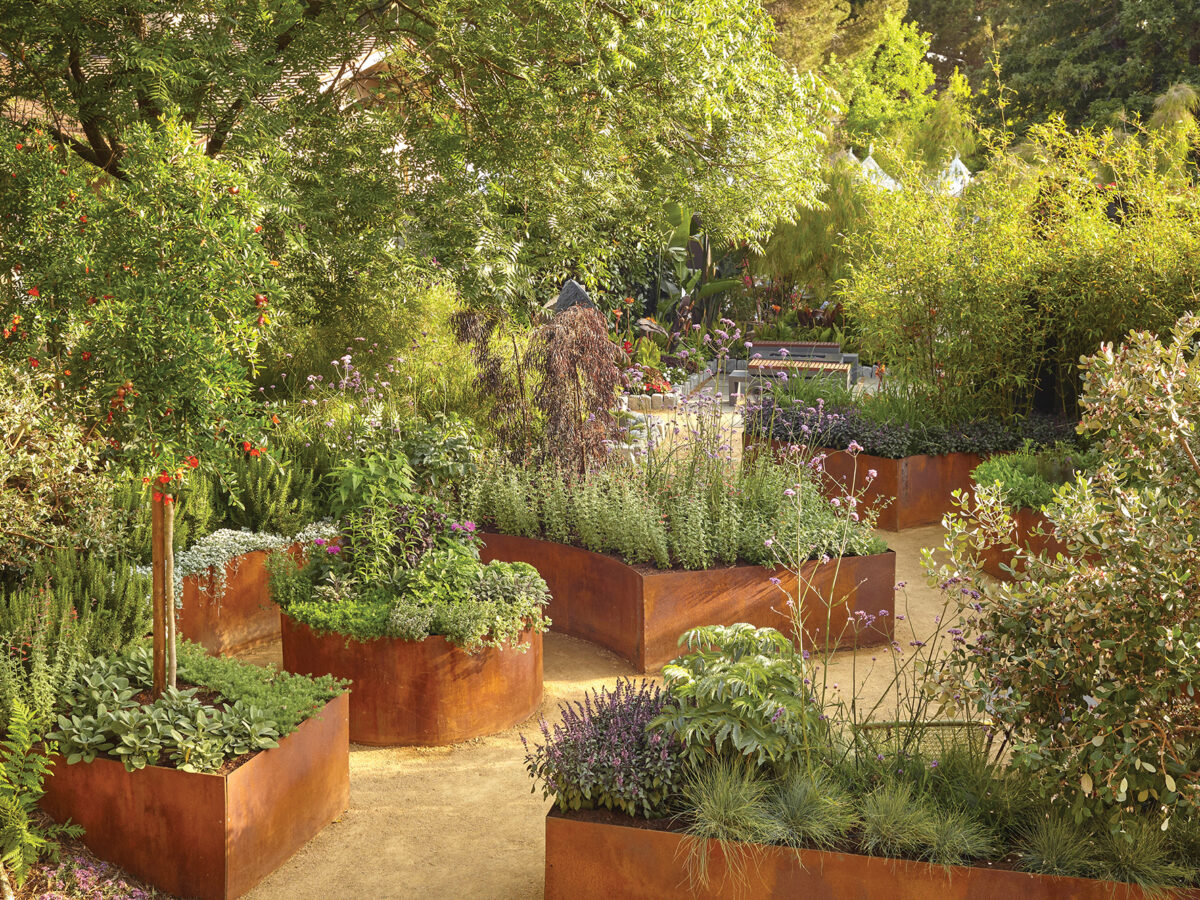9 Simple Techniques For Hilton Head Landscapes
9 Simple Techniques For Hilton Head Landscapes
Blog Article
7 Simple Techniques For Hilton Head Landscapes
Table of ContentsHilton Head Landscapes - The FactsNot known Facts About Hilton Head LandscapesOur Hilton Head Landscapes Diaries7 Easy Facts About Hilton Head Landscapes ShownLittle Known Questions About Hilton Head Landscapes.All About Hilton Head LandscapesAn Unbiased View of Hilton Head Landscapes
Line develops all kinds and patterns and can be utilized in a variety of means in the landscape. Line in the landscape is produced by the side in between two products, the rundown or silhouette of a form, or a long straight feature. Lines are an effective tool for the developer since they can be used to develop a limitless variety of forms and types, and they control activity of the eye and the body.

Lines can have one or even more attributes, such as those explained below, yet they typically serve various functions. Figure 1. Lines in the landscape - Landscapers near me. The homes of lines determine just how people react to the landscape, both mentally and literally. Straight lines are structural and strong; they produce an official character, are usually related to a symmetrical layout, and lead the eye directly to a focal factor.
Facts About Hilton Head Landscapes Revealed
Bent lines develop a casual, all-natural, kicked back character that is connected more with nature and unbalanced balance. Bent lines move the eye at a slower rate and include secret to the space by creating hidden sights.
Upright lines in the landscape consist of high, narrow plant material, such as trees, or high frameworks, such as an arbor or a bird residence on a pole. Horizontal lines move the eye along the ground plane and can make a room really feel larger. Low lines are much more controlled and create a sensation of rest or repose.
Hilton Head Landscapes Can Be Fun For Everyone
Low lines are created by reduced garden wall surfaces, walkways, and brief hedges. Lines are made use of to draw kinds on a plan. In strategy view, they specify plant beds and hardscape locations. Lines are also developed by the vertical kinds of built functions and plant material. There are three key line types that create kind in the landscape: bedlines, hardscape lines, and plant lines.
Bedlines connect plant material to your home and hardscape because the eye adheres to the line, moving the look via the landscape. Hardscape lines are created by the side of the hardscape, which marks the built structure. Line can likewise be developed by lengthy and narrow materials, such as a fence or wall surface.
Not known Facts About Hilton Head Landscapes
Kind is found in both hardscape and plants, and it is generally the dominant aesthetic element that spatially arranges the landscape and commonly identifies the design of the garden. The kind of frameworks, plant beds, and garden ornaments additionally identifies the general kind motif of the yard. Official, geometric kinds consist of circles, squares, and polygons.
Plants produce type in the garden through their outlines or silhouettes, but kind can additionally be specified by a space or unfavorable space in between plants - Landscapers near me (https://qualtricsxm5z596vv95.qualtrics.com/jfe/form/SV_eEczR6xKXKuv6mi). Circles can be cycles, or they can be separated right into half circles or circle segments and incorporated with lines to produce arcs and tangents
4 Simple Techniques For Hilton Head Landscapes
Circles are a strong style kind since the eye is constantly attracted to the center, which can be utilized to emphasize a focal factor or connect other kinds. Circular types in hardscape and grass panels.
The square kind can also be segmented and previously owned repeatedly to produce a grid pattern. Unlike circles, squares are more powerful on the sides, which can be lined up or overlapped to develop unique patterns and more complex types.
Twisting lines often imitate the all-natural training course of site here rivers or streams and can be defined as smooth lines with deeply curved undulations. Twisting lines (Number 3) function well for paths, plant bedlines, and completely dry stream beds. Twisting lines can include passion and enigma to a garden by leading viewers around corners to discover brand-new sights and rooms.
The smart Trick of Hilton Head Landscapes That Nobody is Discussing

Figure 5. Fragmented edges: tipping rocks in pathway. Form is the most long-lasting high quality of a plant (hilton head landscapers). https://www.openlearning.com/u/stevengonzales-sg0o4h/. Common plant forms are well developed and standard, as form is the most consistent and well-known characteristic of plants. Kind can likewise be created via the massing of plants, where the total mass produces a different kind than a private plant.
An extremely different type has to be made use of with careone or two job well as a prime focus, but way too many develop mayhem. All-natural plant forms, instead than over-trimmed types, should establish the mass of the structure. The importance of general kind is much more or much less depending on the checking out perspectivethe form of a tree can appear fairly different to an individual standing under the cover versus viewing the tree from a range in an open field.
The Single Strategy To Use For Hilton Head Landscapes
Plant kinds additionally create and define the void or open spaces between the plants, producing either convex or scooped kinds in the spaces. High-arching tree branches generally develop a concave open space under the branches, and a rounded canopy with reduced branches fills the area to produce a convex type in the open area under the tree.

Report this page